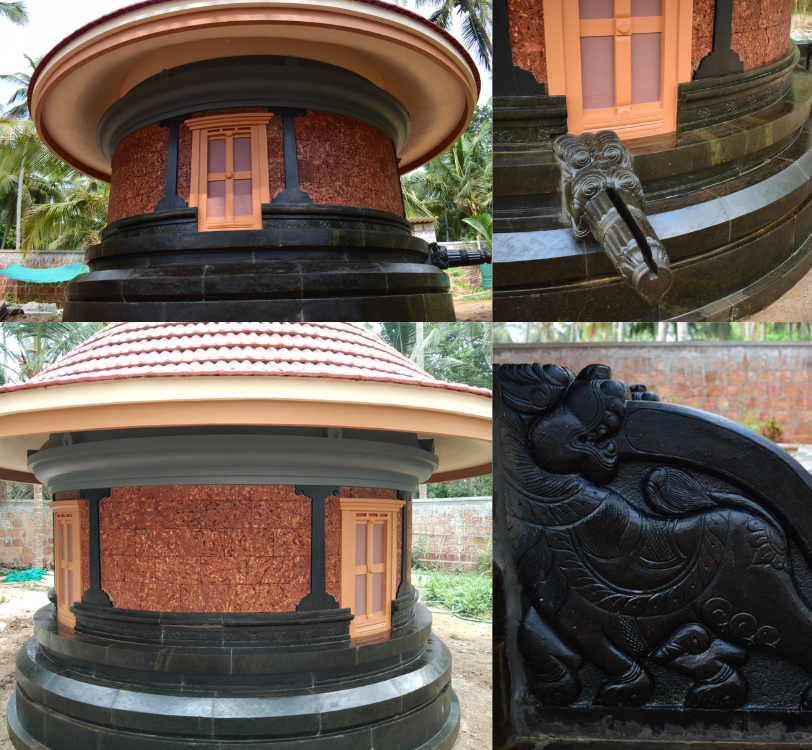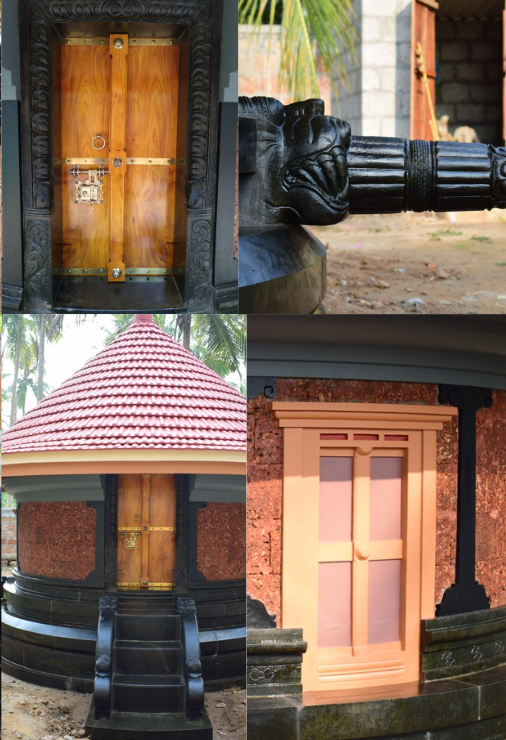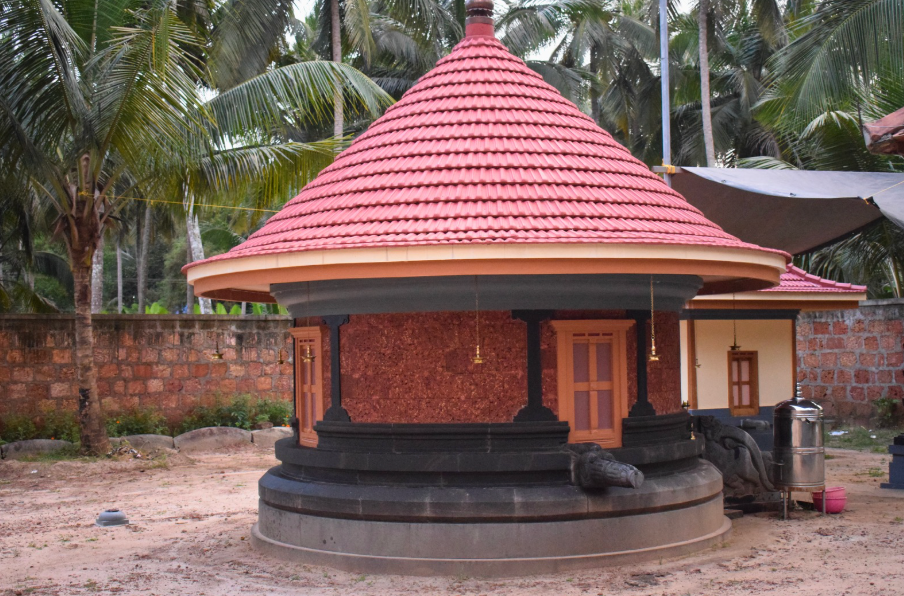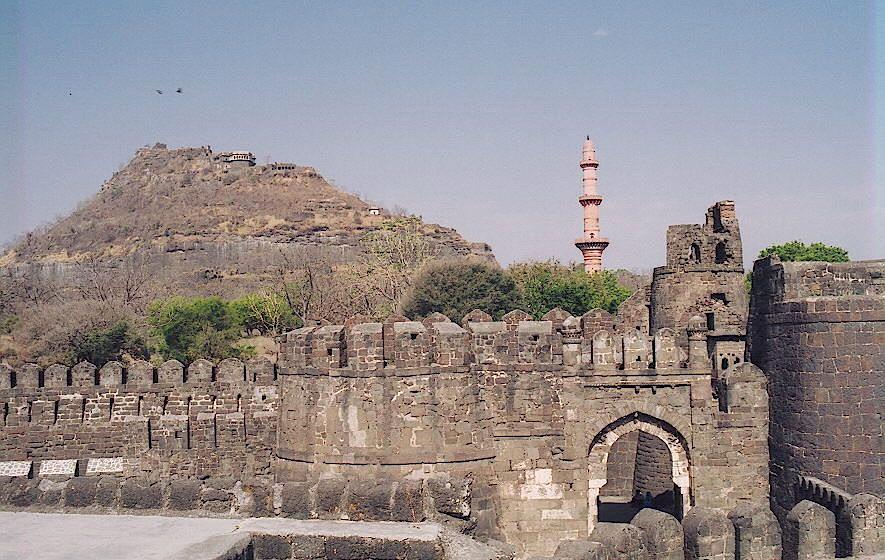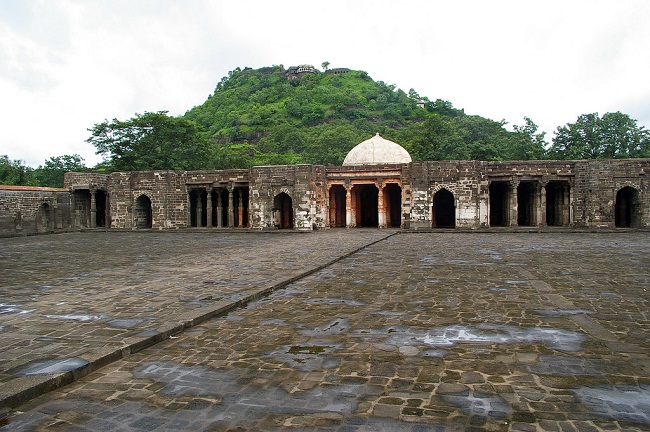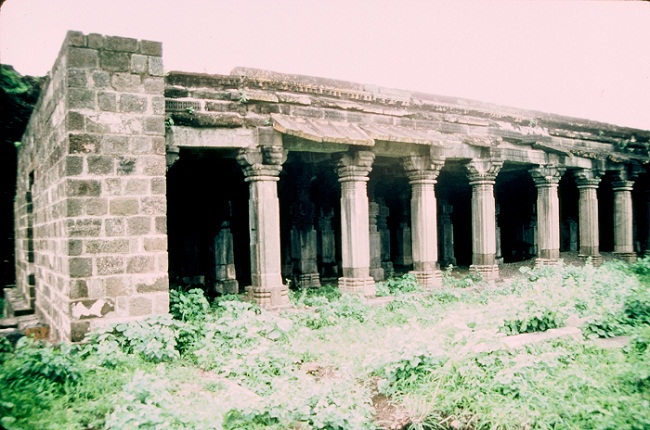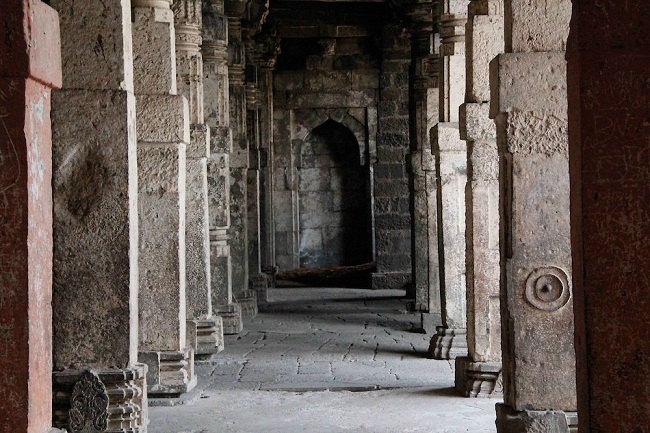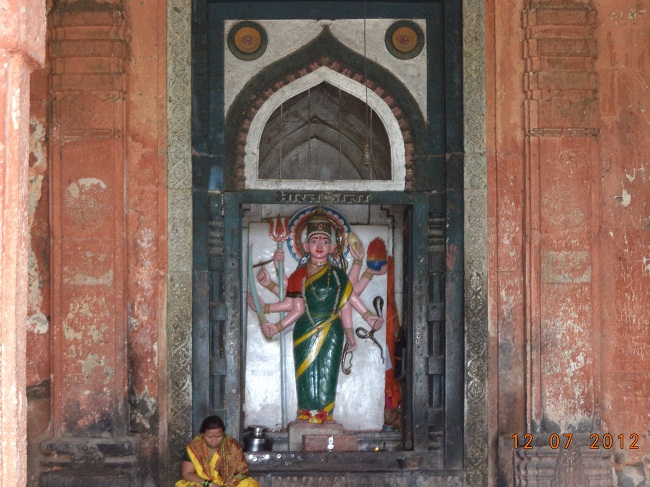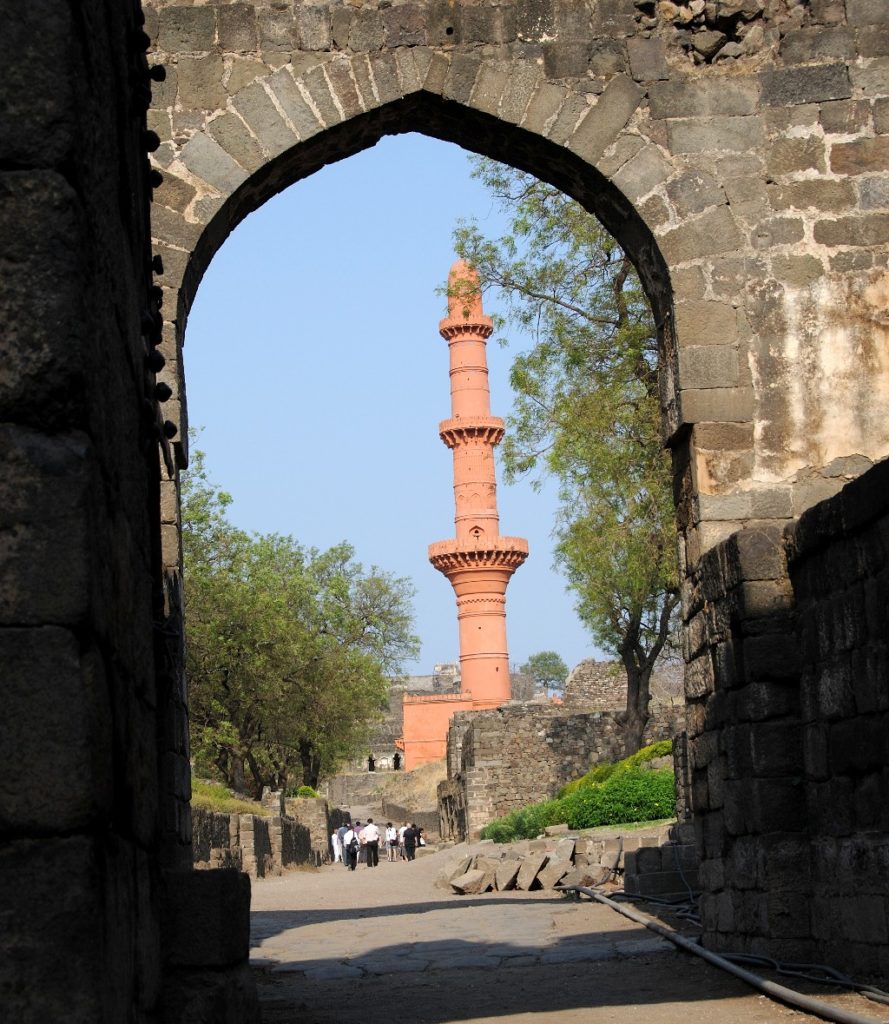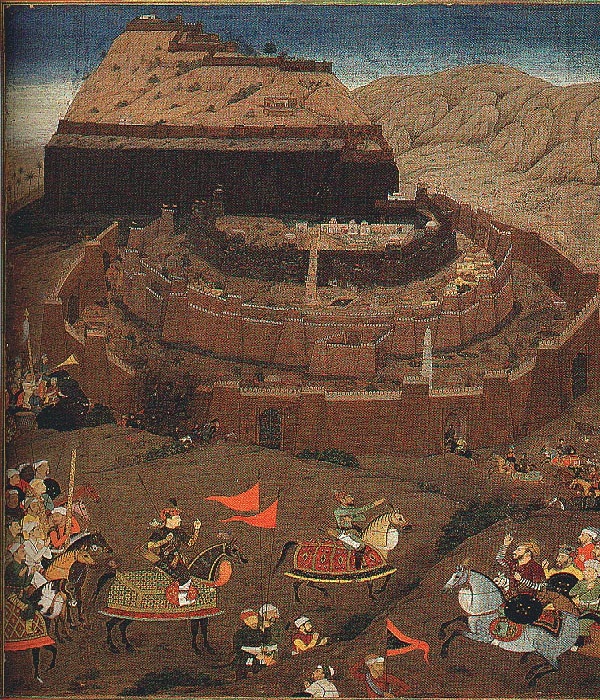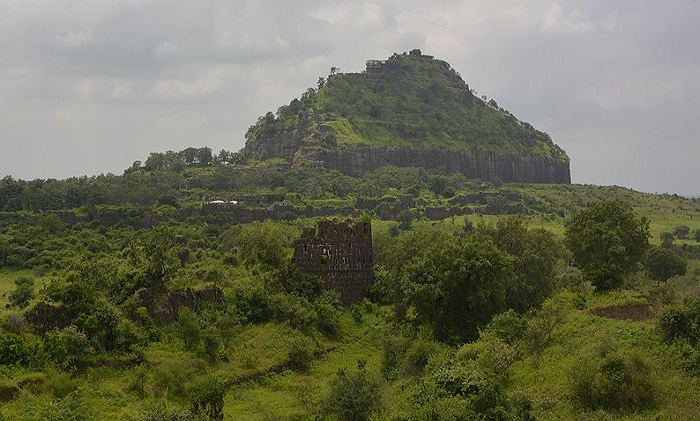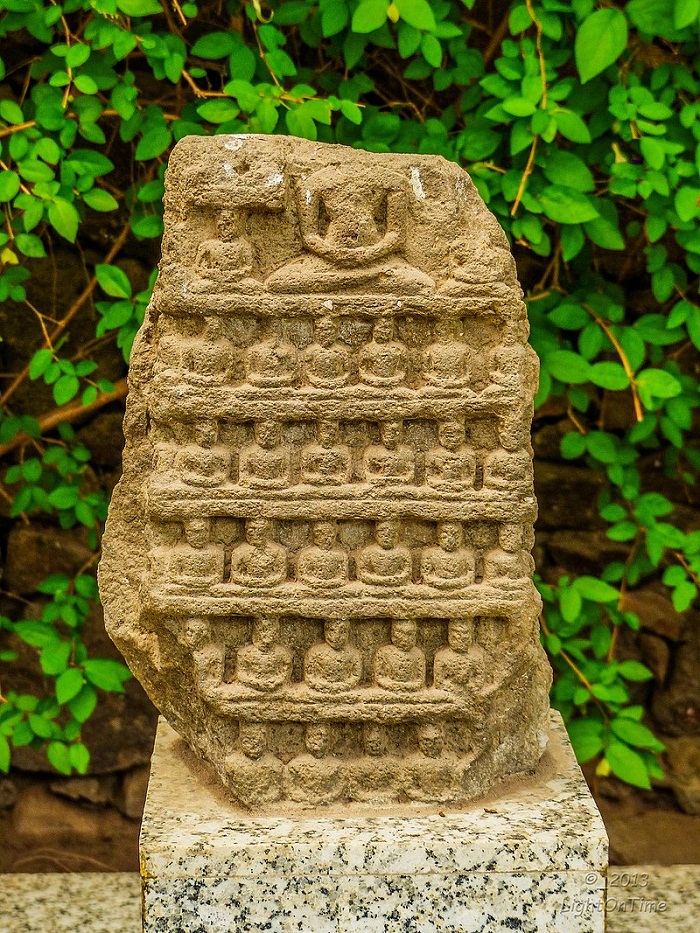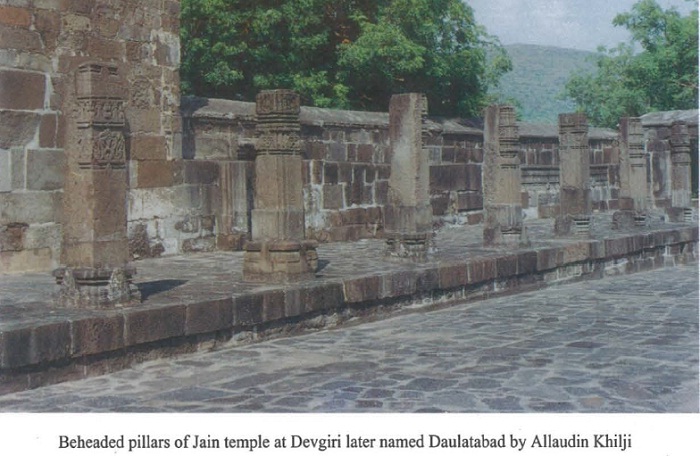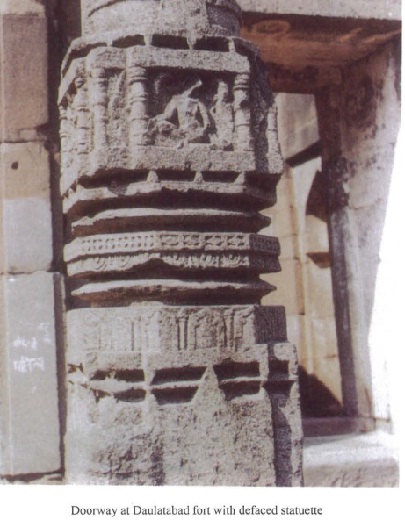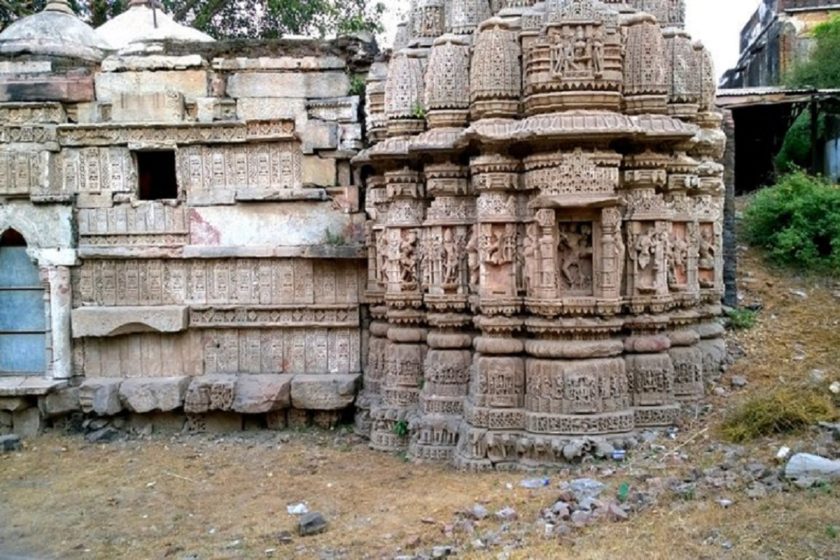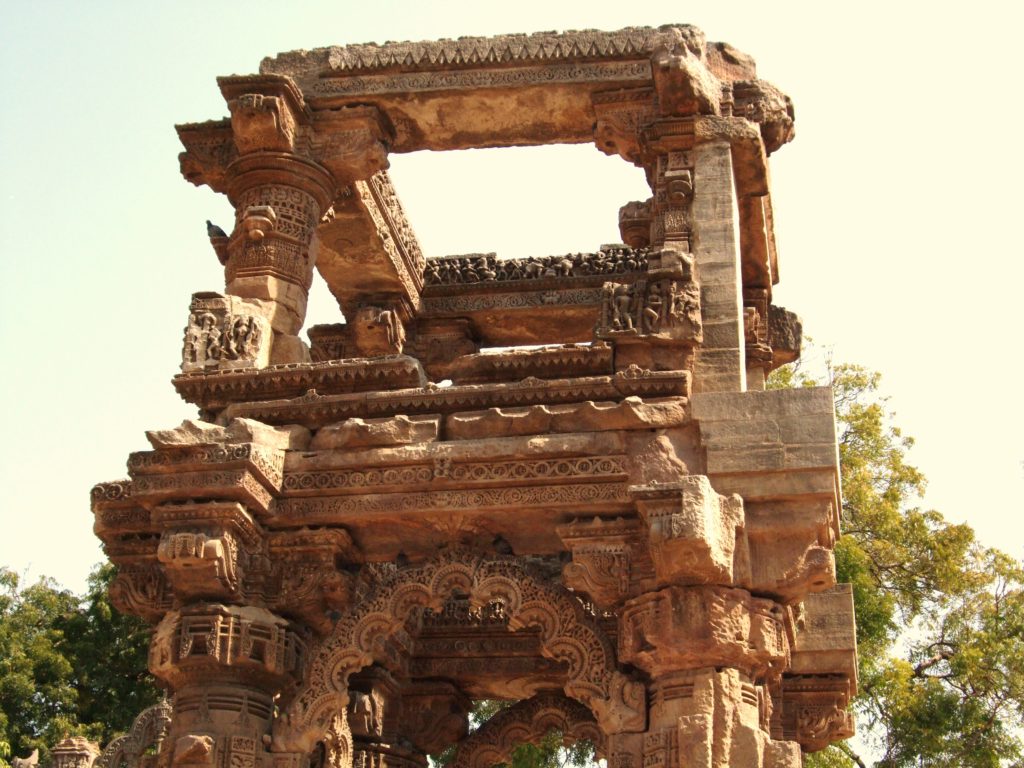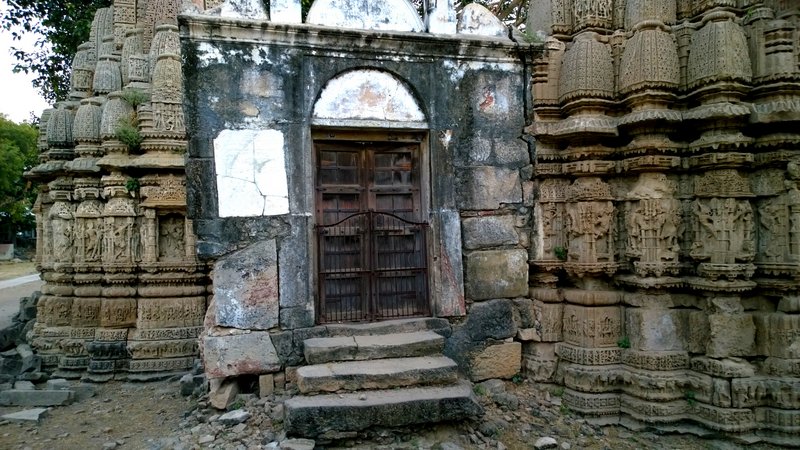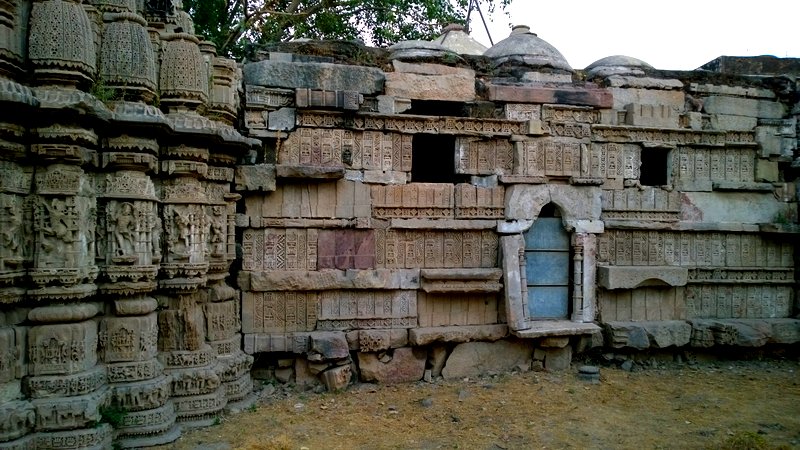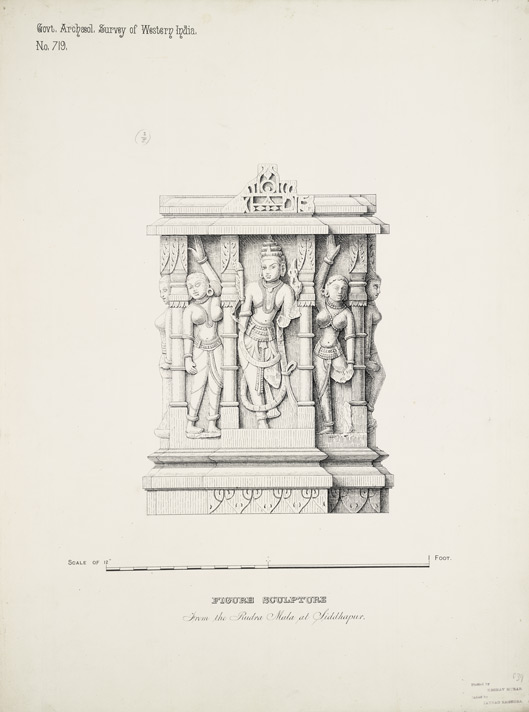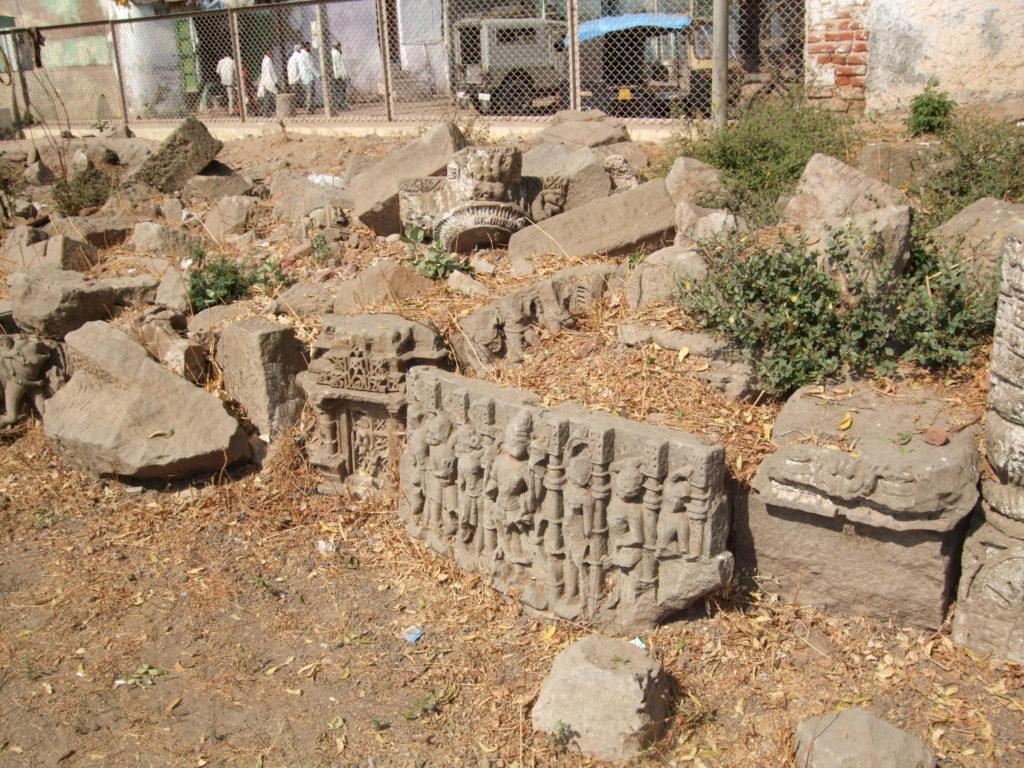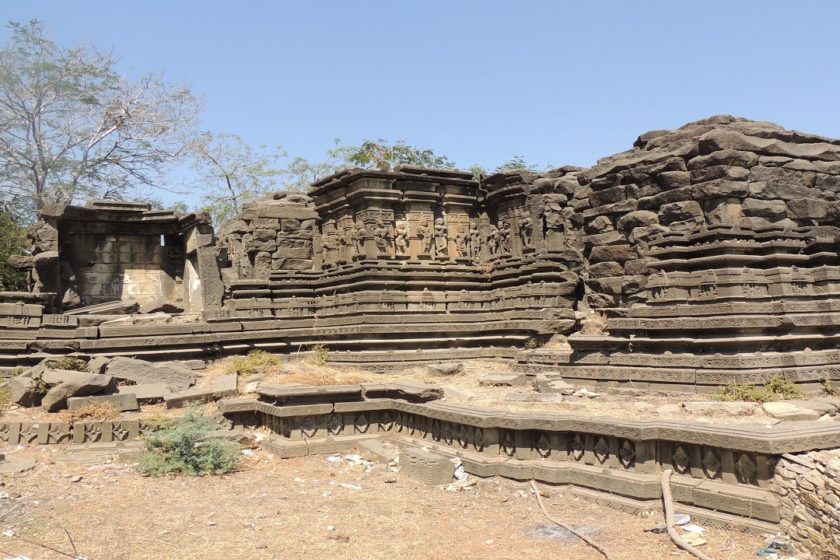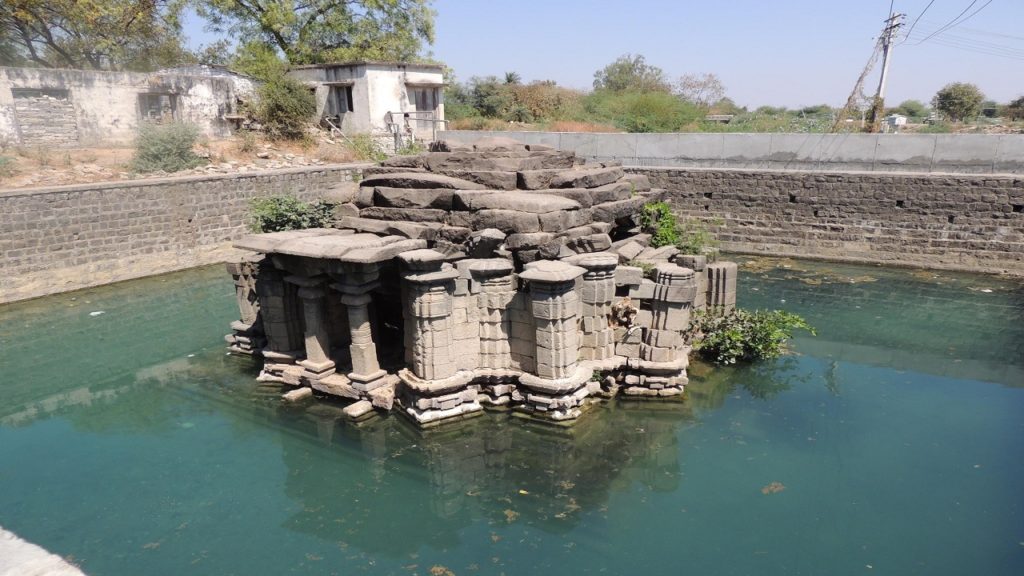Alathiyur Subrahmanya Temple
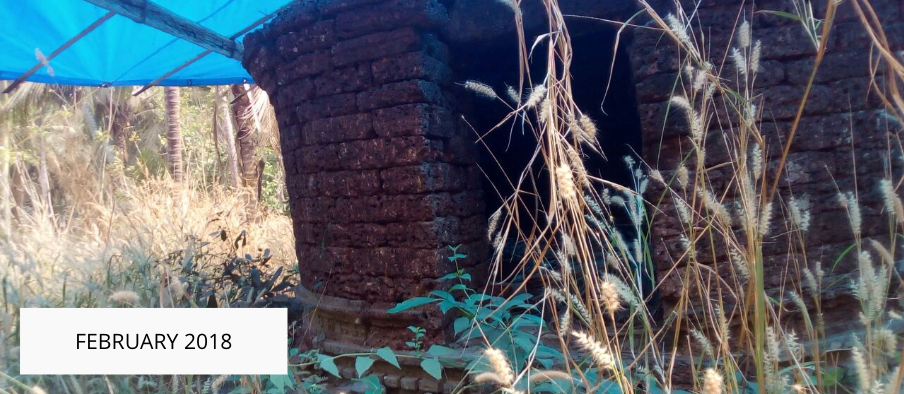
THEN – THE TEMPLE WAS LYING IN RUINS, AND THE DEITIES WERE BROKEN, WHICH WERE THE RESULT OF THE RIOTS.

NOW – TEMPLE STANDS IN A REVIVED CONDITION, REGULAR PUJAS ARE NOW OFFERED.
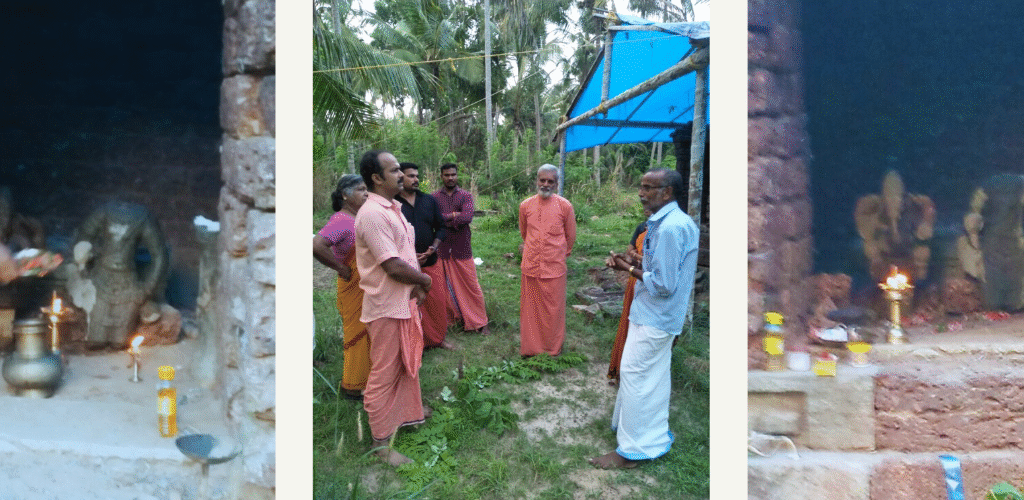
Restart of Worship – As part of the revival of the temple, Swami Bharati Maharaj lighted lamp and restarted worship of the Gods on 29 April 2018. A committee of devotees of the locality was also formed to ensure the worship and work for the revival.
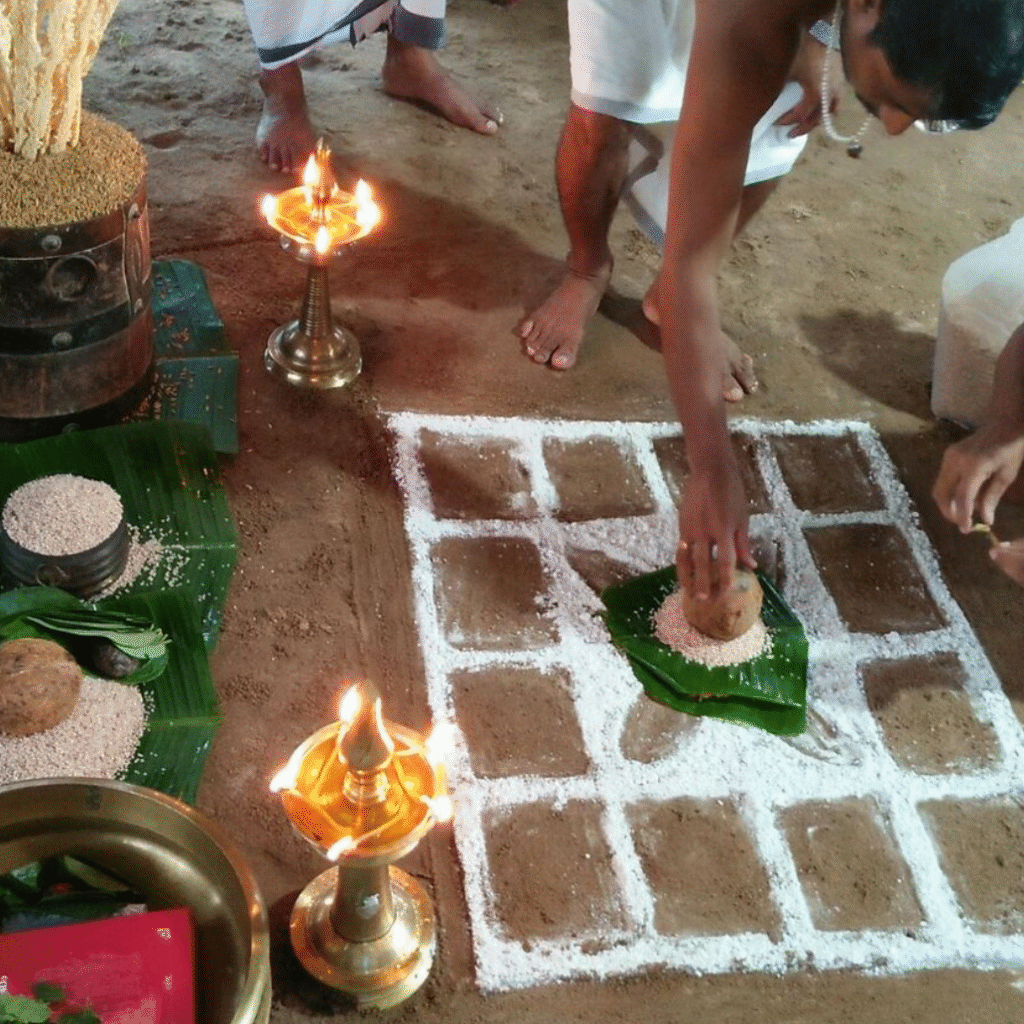
Devaprashnam – The next process was Devaprashnam where astrologers find as per Tantrashastra the Deities to be worshipped in the temple, the temple plan and other details. The Devaprashnam rituals was conducted on 14-15 June 2018. All the devotees of the area came together in conduct for the temple rituals.
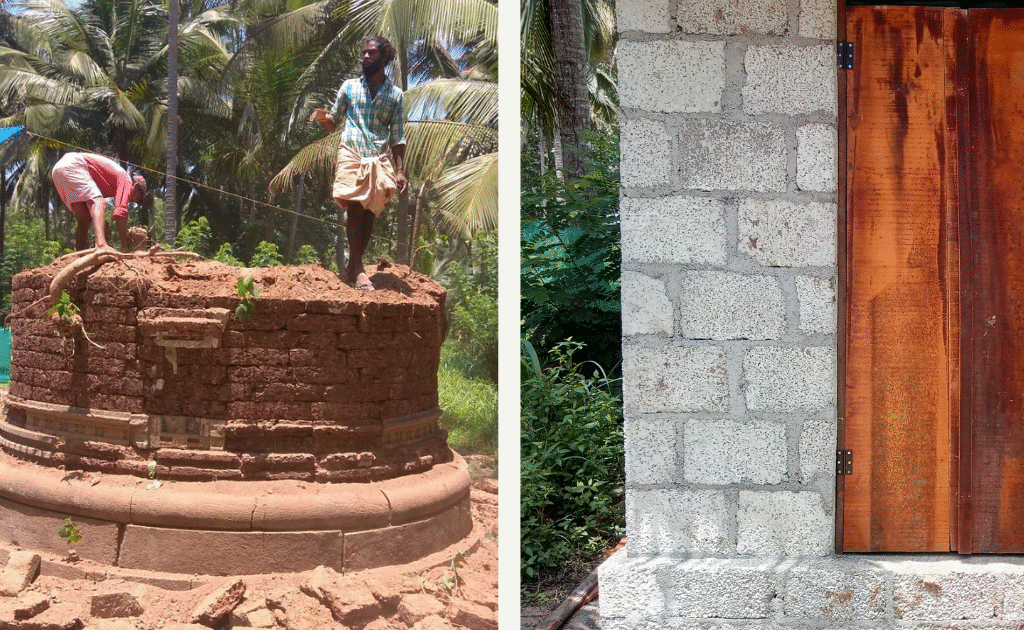
Construction work started on 23 Aug 2018, building of Balalayam complete – The construction work has started on 23 Aug 2018 with lighting lamp and prayers. The first step is the construction of a temporary building called Balalayam for housing the Subrahmanya and Ganesha Deity till the reconstruction of the Garbhagriha is complete. The construction work of the Balalayam is complete as on date.
The next step is the shifting of Deities to this Balalayam. This will be done by Priests on 10 Sep 2018. The Poojas of Deities will henceforth be done here till the construction of temple is complete.
After the Deities are shifted, the old dilapidated Garbhagriha will be dismantled, along with the foundation stones.
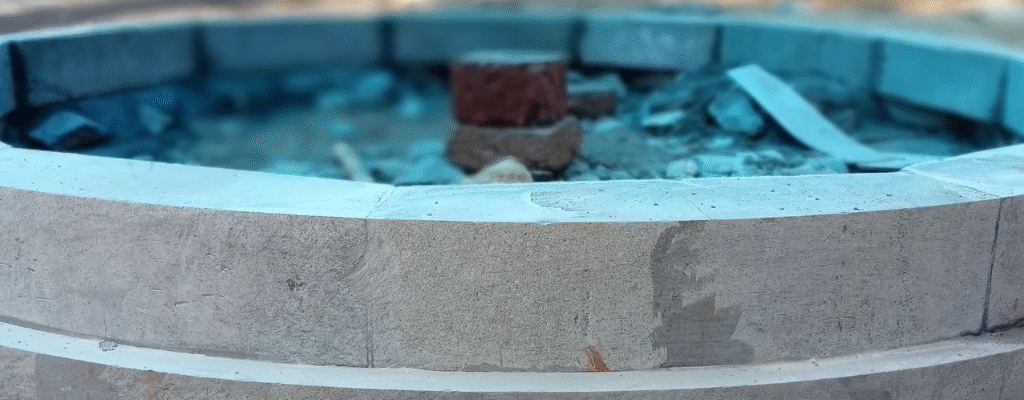
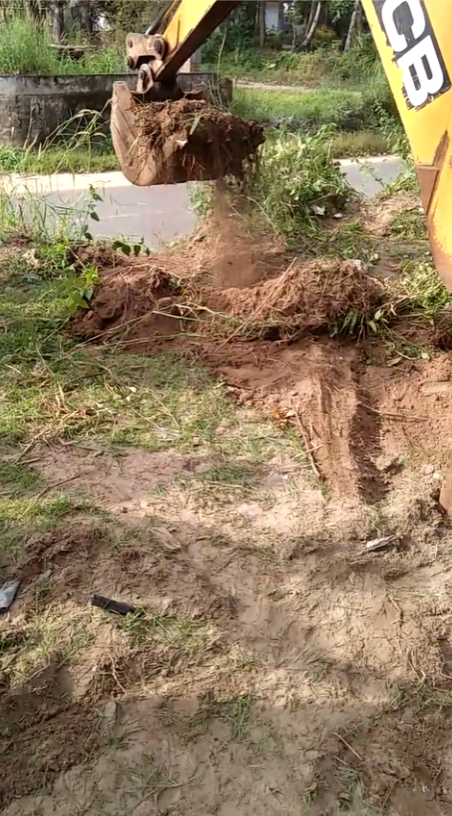
Foundation work of Garbagriha complete, stone work is next – Last update we mentioned that the old Garbagriha has been dismantled and the foundation work of new Garbagriha is next.
The land to the temple was under encroachment and we found difficulty in bringing in stones and heavy materials for the construction. Finally after discussion with all stakeholders volunteers cleared the way to the temple using JCB and we could bring stones and construction materials to temple on 4 Nov 2018.
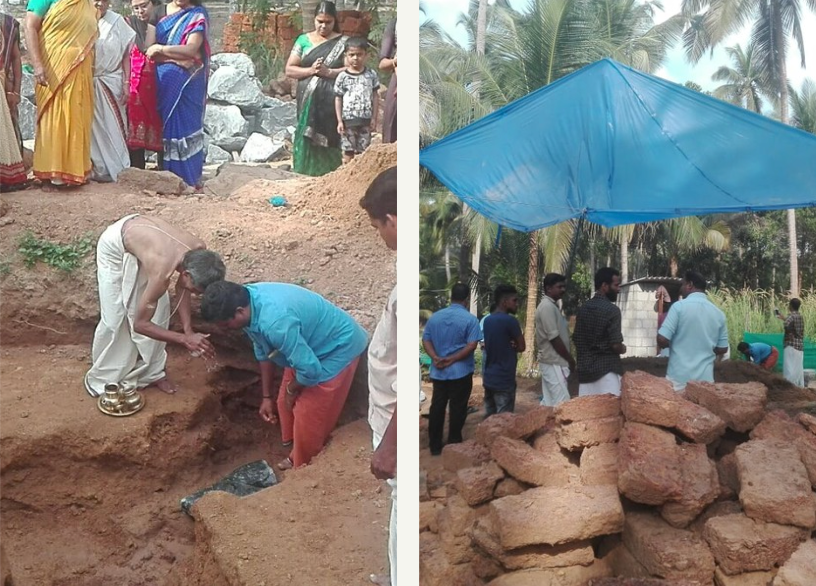
The Shilanyas ceremony – The Shilanyas ceremony of the temple was held on 8 Nov 2018. The stones were laid by devotees and sthapathi after poojas by the Chief Priest. The devotees from entire village were in witness. The foundation work of the temple ie the portion below the ground is complete as on date.
The next stage involves stone works. This requires around 45 days since the Garbagriha is circular and hence the stone has to be chiselled in circular form.
The Garbagriha will be more visible after the next stage of work is completed.
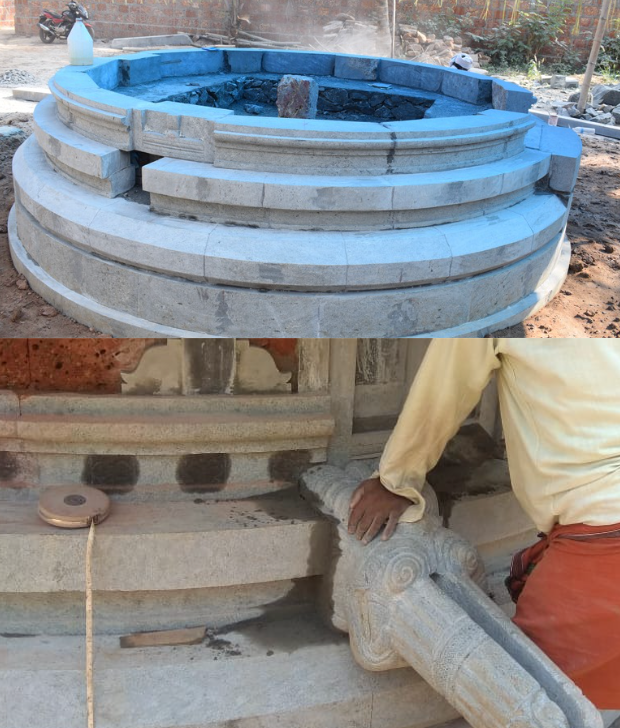
Stone layers at base of Garbagriha complete – In last update we mentioned that the foundation work is complete. We are very excited to inform that the construction of stone layers which is the 2nd stage of the restoration is also now complete.
The 2nd stage consists of five stone layers. The work of door frames and other temple sculptures are also ongoing, being made by shilpis whose family has been undertaking temple work for generations.
Next is 3rd stage of construction which is the walls of the Garbagriha. The work has already started and will be completed in another 3 weeks.
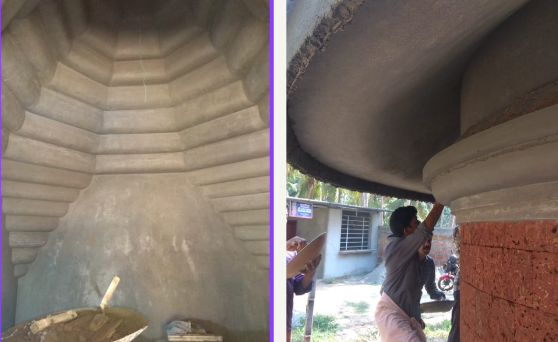

The restoration work is nearing completion – We are very excited to share with you that the restoration work of the temple is nearing completion.
Stage 3 of the restoration was making the walls of the Garbagriha which was over last month ie February 2019.
Presently Stage 4 of the restoration is ongoing which is making the ceiling of the temple. The ceiling of the temple involves the stones placed in concentric circles decreasing in radius.
Though the Garbagriha will be circular in shape, the inside of the Garbagriha will be square. This is as per the Shilpa Shastra and traditional way of construction. The stage 4 will be completed this week. We are accelerating the restoration work so as to finish the entire project by this month end.
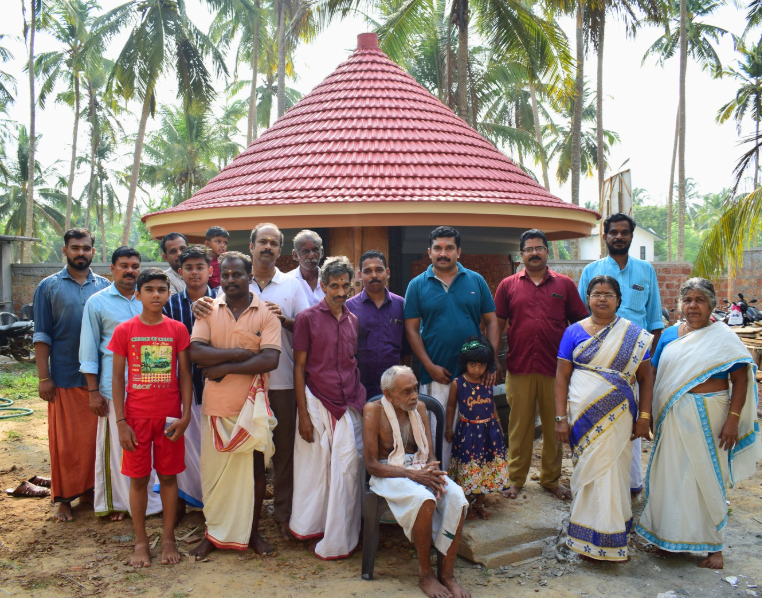
Restoration of Garbagriha of Alathiyur Subrahmanya temple is complete – On 13 April 2019, the Sthapathi handed over the key of Garbagriha to Keshavan Namboodiri, the 95 year old Namboodiri Brahmin who had protected the temple ruins for decades.
Keshavan Namboodiri inturn offered the key to the Deity who is the rightful owner of the temple. Later the key was handed over to committee formed for administration of the temple. The committee consists of all devotees in the village and the temple will be administered in a democratic manner.

Punar Prathishta ceremony – he rituals will start on 6 July 2019 and the Kumbabishekam will be on 11 Jul 2019.
The temple was lying in ruins for close to a century and the same could be revived only due to the support provided by you. The credit for revival of this temple goes to our esteemed donors like yourself and the team on ground who have gone through many difficulties in reviving this temple.
A committee of devotees from the locality has been formed for administration of the temple in a democratic manner and the Poojas and rituals will be handled by the traditional priest family attached to the temple.
